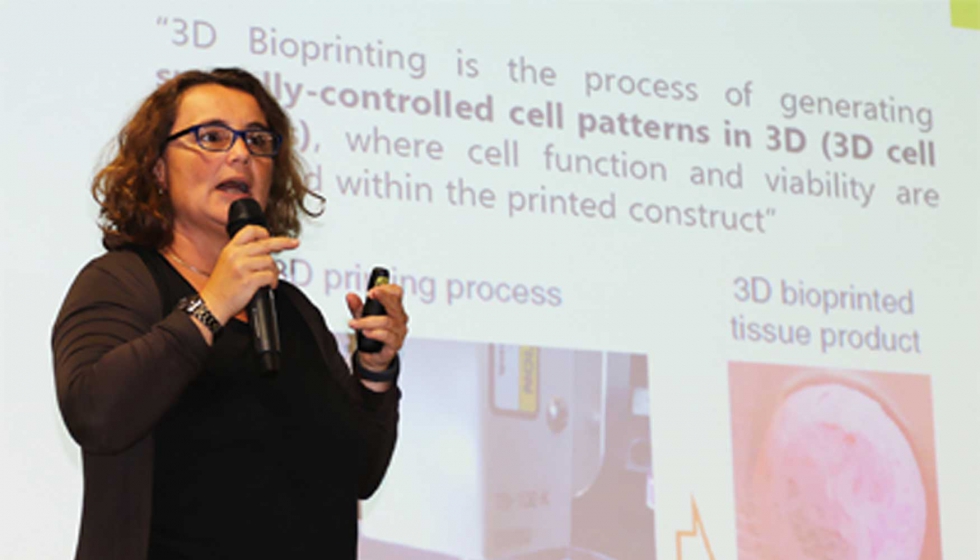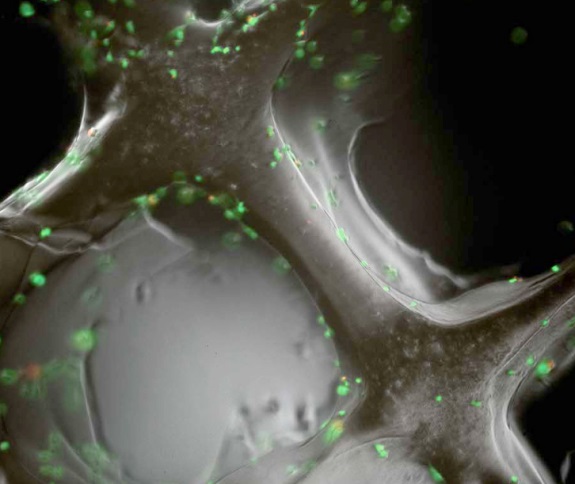Institutional impulse to accelerate 3D printing projects
Elisabeth Engel, Scientific Director of Unit 5 of NANBIOSIS, U5. Rapid Prototyping Unit, will led the research project, QuirofAM, to produce biodegradable and bioactive scaffolds printed in 3D as osteochondral and maxillofacial substitutes.
This is one of the projects to be promoted by LLAVOR 3D Community, an association of Catalan entities, created last month, which includes the IBEC (housing units 5 and 7 of NANBIOSIS). LLAVOR 3D Community aims to accelerate the development and adoption of additive manufacturing and 3D printing technologies by the industry.
Within the projects of the LLAVOR 3D Community, new software tools, new materials, more efficient and versatile production processes, new post processes and surface treatments as well as new 3D printing applications will be developed, contributing to the creation of an R & D ecosystem in additive manufacturing technologies reinforcing the position of Catalonia as an international benchmark.










